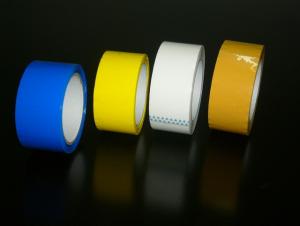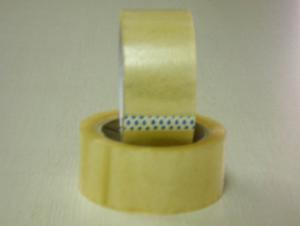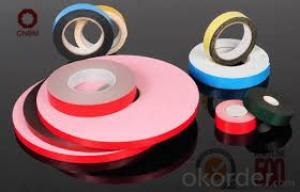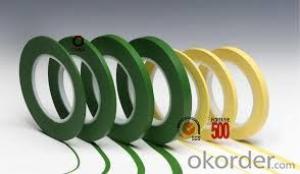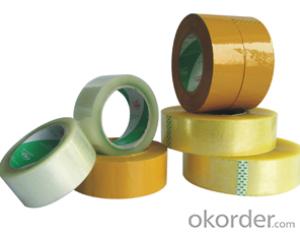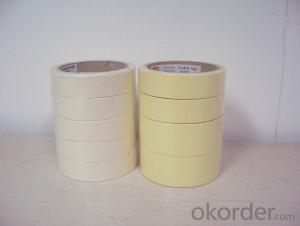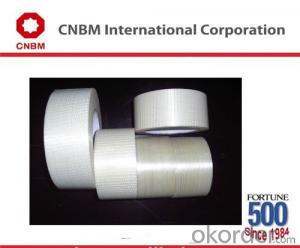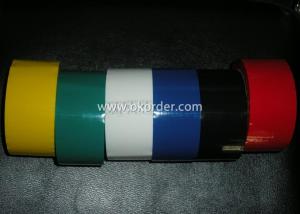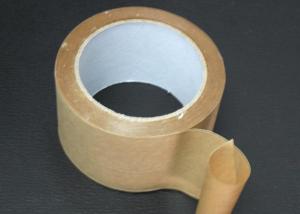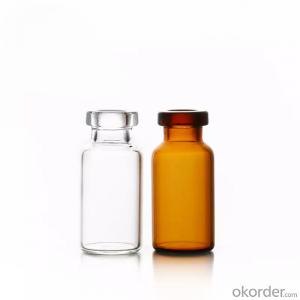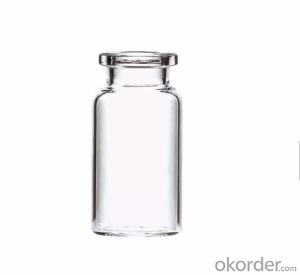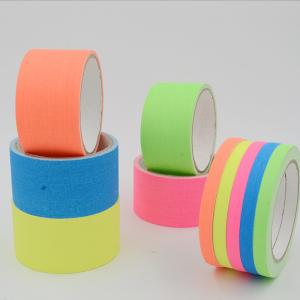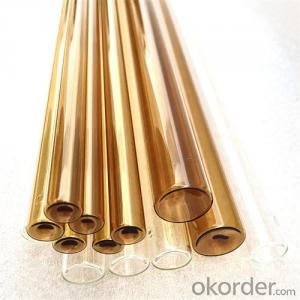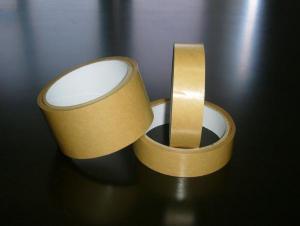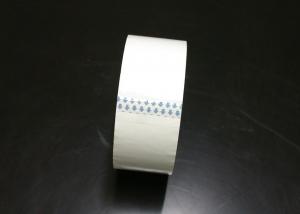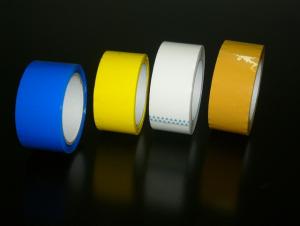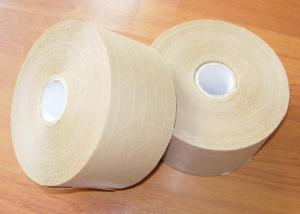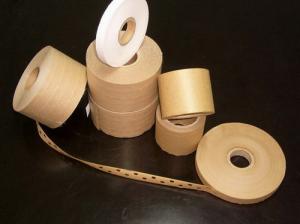EASY TEAR KRAFT PAPER TAPE THREE
- Loading Port:
- China Main Port
- Payment Terms:
- TT OR LC
- Min Order Qty:
- -
- Supply Capability:
- -
OKorder Service Pledge
OKorder Financial Service
You Might Also Like
Specifications
kraft paper
Roll or pallet
60-300gsm
good quality ,prompt delivery time
kraft paper,kraft test liner ,kraft liner board.
We can manufacture brown kraft paper in different model and quality. It is commonly used for carton packaging, shopping hand bags, product wrapping,and other applications.
Brown kraft paper specification
Grammage: 60gsm-300gsm
Machine deckle: 6000mm
Material: 100% wood pulp.
Packing :Roll or plate.
| Unite | B | B | B | B | B | B | A2 | A2 | A2 | A2 | A2 | A2 | A2 | A2 | A2 | |
Grammage | g/m2 |
| 95 | 100 | 110 | 120 | 140 | 150 | 110 | 120 | 140 | 150 | 160 | 190 | 200 | 220 | 230 |
Density | g/cm2 |
| 0.7 | 0.7 | 0.7 | 0.7 | 0.7 | 0.7 | 0.7 | 0.7 | 0.7 | 0.7 | 0.7 | 0.7 | 0.7 | 0.7 | 0.7 |
Burst strength (Index) | kgf/m2 | TARG | 2.42 | 2.45 | 2.69 | 2.94 | 3.43 | 3.67 | 2.92 | 3.18 | 3.71 | 3.98 | 4.24 | 4.65 | 4.89 | 5.38 | 5.63 |
MIN | 2.23 | 2.35 | 2.58 | 2.81 | 3.28 | 3.52 | 2.69 | 2.94 | 3.43 | 3.67 | 3.92 | 4.46 | 4.69 | 5.16 | 5.39 | ||
RCT(CD) | kgf/152mm | TARG | 9.28 | 9.76 | 10.74 | 11.72 | 14.1 | 15.11 | 10.74 | 11.72 | 14.1 | 15.11 | 16.12 | 22.09 | 23.25 | 25.57 | 26.74 |
MIN | 8.54 | 8.99 | 9.89 | 10.79 | 13.02 | 13.95 | 9.89 | 10.79 | 13.02 | 13.95 | 14.88 | 20.61 | 21.70 | 23.87 | 24.95 | ||
COBB60 (Top/back) | g/m2 | MAX | 50/90 | 50/90 | 50/90 | 50/90 | 50/90 | 50/90 | 50/80 | 50/80 | 50/80 | 50/80 | 50/80 | 50/80 | 50/80 | 50/80 | 50/80 |
Smoothness | S | MIN | 7 | 7 | 7 | 7 | 7 | 7 | 7 | 7 | 7 | 7 | 7 | 7 | 7 | 7 | 7 |
Mositure | % | AVG | 8 | 8 | 8 | 8 | 8 | 8 | 8 | 8 | 8 | 8 | 8 | 8 | 8 | 8 | 8 |
- Q:Can packaging tape be used for sealing bubble wrap?
- Yes, packaging tape can be used for sealing bubble wrap. Bubble wrap is often used as a protective packaging material for fragile items, and packaging tape is commonly used to secure and seal packages. By applying packaging tape to the edges and seams of the bubble wrap, you can effectively seal the bubble wrap and ensure that it remains intact during transportation or storage. The adhesive on packaging tape provides a strong bond, ensuring that the bubble wrap stays in place and provides optimal protection for the items it is wrapping.
- Q:Can packaging tape be used for securing cables or cords?
- Indeed, cables or cords can be secured using packaging tape. Although it may not be the optimal option, particularly for prolonged or demanding uses, packaging tape can temporarily fasten cables or cords. This can aid in preventing entanglement or obstruction, particularly during transportation or storage. Nevertheless, it is crucial to acknowledge that packaging tape is not specifically designed for cable management. Consequently, it may not offer the same level of resilience or versatility as specialized cable ties or straps. For enduring or heavy-duty cable management, it is advisable to utilize products explicitly created for that intent.
- Q:The tape is left on the door. The glue has dried for a long time. What chemicals can be used to remove it without damaging the paint?
- Chemicals or organic solvents are bound to damage the paint. If the glue is dry, it is recommended to put on a rubber, and generally go down.
- Q:How do you choose the right packaging tape for your needs?
- When choosing the right packaging tape for your needs, it is important to consider a few key factors. First, assess the weight and durability of the items you will be packaging to determine the necessary strength of the tape. Additionally, consider the type of surface you will be sealing, as some tapes adhere better to certain materials. Furthermore, think about the environment in which your packages will be stored or shipped, as temperature and humidity can affect tape performance. Lastly, consider any special requirements you may have, such as tamper-evident or easy-to-tear tape. By considering these factors, you can select the most suitable packaging tape for your specific needs.
- Q:How does packaging tape perform on low-friction surfaces?
- Packaging tape generally does not perform well on low-friction surfaces. Low-friction surfaces, like smooth plastics or certain types of laminates, lack texture and adhesion, making it challenging for packaging tape to effectively stick and hold. The lack of friction allows the tape to easily slide or peel off the surface, compromising the integrity of the package. In such cases, it is advisable to use alternative methods like shrink wrapping, heat sealing, or adhesive sprays specifically designed for low-friction surfaces. These alternatives provide better adhesion and ensure the package remains securely sealed during handling and transportation.
- Q:Is packaging tape safe to use on ceramic tiles?
- Indeed, ceramic tiles can generally be safely affixed with packaging tape. Designed to adhere to a diverse range of surfaces, including ceramic tiles, packaging tape offers reliability. Nonetheless, it is crucial to exercise caution when removing the tape to prevent any harm or residue on the tile. Prior to full application, it is advisable to test a discreet, small area to verify the absence of damage or discoloration caused by the tape. Furthermore, adhering to the manufacturer's instructions and guidelines for utilizing packaging tape on specific surfaces is always prudent.
- Q:Can packaging tape be used for sealing packages with liquid-filled containers?
- It is not advisable to use packaging tape for sealing packages containing liquid-filled containers. Although packaging tape is intended for securing boxes and packages, it lacks specific design for handling liquids. There is a higher likelihood of leakage or spillage during transit, particularly if the containers are not adequately sealed. To ensure the safe transportation of liquid-filled containers, it is recommended to employ specialized sealing methods, including shrink wrap, heat sealing, or pressure-sensitive adhesive tape specifically designed for liquid containers. These methods guarantee a more secure and leak-proof seal, thereby reducing the risk of damage or leakage while in shipping.
- Q:What materials are commonly used for packaging tape?
- Packaging tape is an essential tool used for securing and sealing packages for shipping, storage, or general handling. It is made from various materials, each with its own unique characteristics and advantages. The most commonly used materials for packaging tape include: 1. Polypropylene (PP): This is the most widely used material for packaging tape due to its affordability and versatility. It is a durable thermoplastic polymer that offers excellent resistance to moisture, chemicals, and UV radiation. PP tape is available in different thicknesses and can be transparent or colored. 2. Polyvinyl Chloride (PVC): PVC tape is known for its superior strength and durability. It is resistant to water, chemicals, and extreme temperatures, making it suitable for various environments. PVC tape is often used for heavy-duty applications or when extra security is required. 3. Polyester (PET): PET tape is made from a strong and durable synthetic polymer that offers excellent tensile strength and resistance to tearing. It is commonly used for heavy packages or in applications where high strength is crucial. PET tape is also resistant to UV radiation and moisture. 4. Paper: Paper-based packaging tape is an eco-friendly alternative to plastic tapes. It is made from renewable resources and is recyclable. While paper tape may not be as strong as plastic-based tapes, it still provides sufficient adhesion for lightweight or non-fragile packages. Additionally, paper tape can be easily torn by hand, which can be convenient for users. 5. Gummed Tape: Also known as water-activated tape or reinforced tape, gummed tape is made of kraft paper with starch-based adhesive on one side. It requires water to activate the adhesive, creating a strong bond that is tamper-evident and resistant to tampering. Gummed tape provides a secure seal and is often used for heavy packages or in industries where security is a top priority. Overall, the choice of packaging tape material depends on the specific requirements of the application, such as package weight, environmental conditions, and desired level of security.
- Q:Does packaging tape come in different materials for specific applications?
- Yes, packaging tape does come in different materials for specific applications. These materials include polypropylene, PVC, paper, and filament tape. Each material has unique properties that make it suitable for various purposes such as sealing lightweight packages, securing heavy boxes, or providing extra strength and tear resistance.
- Q:What are the alternatives to packaging tape for sealing packages?
- There are several alternatives to packaging tape for sealing packages. Here are a few options: 1. Gummed tape: Gummed tape, also known as water-activated tape, is a popular alternative. It is made of paper or reinforced material and requires water to activate the adhesive. Gummed tape forms a strong bond with the package and provides a tamper-evident seal. 2. Strapping: Strapping is commonly used for securing heavy or bulky packages. It involves using plastic or metal straps to hold the package tightly together. Strapping can be more secure than tape, especially for larger or irregularly shaped items. 3. Shrink wrap: Shrink wrap is a plastic film that can be wrapped around the package and sealed using heat. As the film shrinks, it tightly conforms to the shape of the package, providing a secure seal. Shrink wrap is commonly used for wrapping pallets or bundling multiple items together. 4. Adhesive labels: Adhesive labels can be used as an alternative to tape for sealing packages. These labels have a strong adhesive backing that sticks to the package, providing a secure seal. They are especially useful for small or lightweight items. 5. Twine or string: For lighter packages, twine or string can be used to secure the contents. Simply wrap the string around the package multiple times and tie it securely. While this method may not be as strong as tape, it can be a cost-effective and eco-friendly option. Ultimately, the choice of alternative to packaging tape depends on the size, weight, and nature of the package. Each option has its own advantages and disadvantages, so it's important to consider the specific requirements of the shipment before making a decision.
1. Manufacturer Overview |
|
|---|---|
| Location | |
| Year Established | |
| Annual Output Value | |
| Main Markets | |
| Company Certifications | |
2. Manufacturer Certificates |
|
|---|---|
| a) Certification Name | |
| Range | |
| Reference | |
| Validity Period | |
3. Manufacturer Capability |
|
|---|---|
| a)Trade Capacity | |
| Nearest Port | |
| Export Percentage | |
| No.of Employees in Trade Department | |
| Language Spoken: | |
| b)Factory Information | |
| Factory Size: | |
| No. of Production Lines | |
| Contract Manufacturing | |
| Product Price Range | |
Send your message to us
EASY TEAR KRAFT PAPER TAPE THREE
- Loading Port:
- China Main Port
- Payment Terms:
- TT OR LC
- Min Order Qty:
- -
- Supply Capability:
- -
OKorder Service Pledge
OKorder Financial Service
Similar products
New products
Hot products
Related keywords




